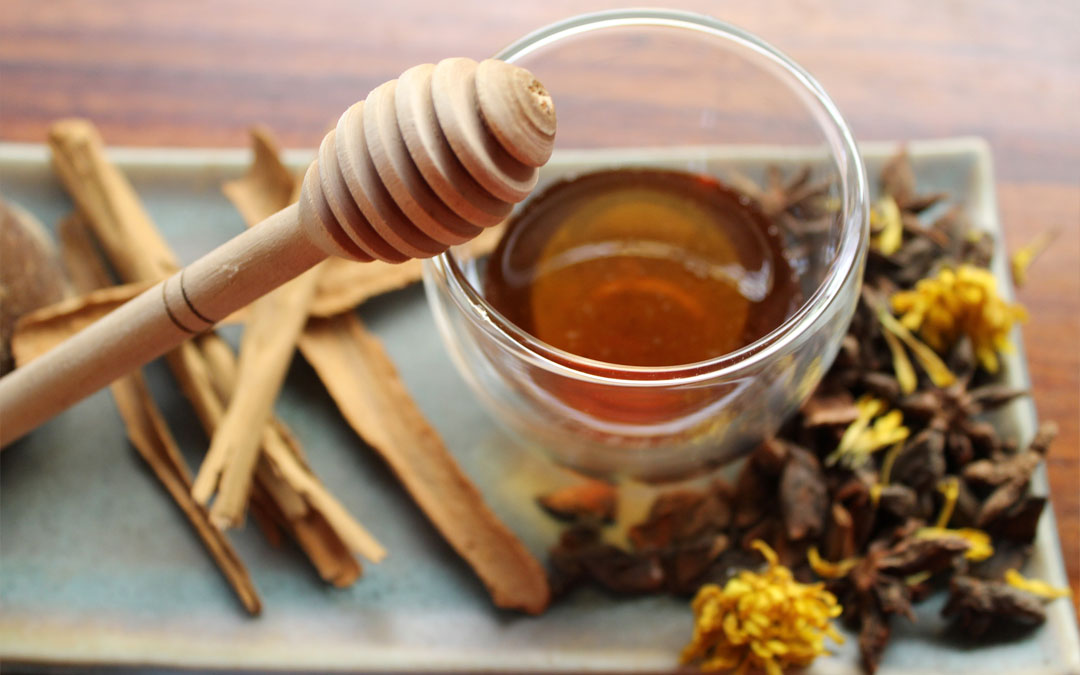A meliponario is an ancestral production unit from which the ancient Mayans obtained honey thanks to a species of bees known as Xunan Cab, or Melipona bees in English.
This species of bees is native to the Mexican southeast and some regions of South America, where there are an approximately 300 species.
Honey has been regarded as a product with a high energy and nutritional value, and the honey from Melipona’s is no exception. In fact, this honey not only has nutritional value, but also contains a variety of medicinal elements from which the Mayans took advantage of.
Here at Chablé, our meliponario is used for conservation efforts for Melipona bees as well as preservation of a legendary ancestral practice.
Important facts about the bee:
• Honey production is annual
• Its production is around 1 to 3 lts. per year
• The number of bees depends on the size of the trunk or the hive itself; typically approximately between 500 and 3000 bees.
• A worker bee lives around 1.5 months; a queen bee can live up to 1 year.
• The trunk where the bees live is known by the Maya as “jobon”
• Their main enemies are ants and flies
• Most production takes place over the dry season (January to May)
• The main sources of food are trees such as tsi’tsi’lche and chaca
• The quality of honey depends on the type of flowers the bees visit
• The greatest importance of this type of bee is its role in pollination, thus they are referred to as “life-giving”.
• At Chablé we have 2 different bee species, the melipona beecheii (Xunan kab) and the frieseomelitta nigra (Trigona nigra / Sak xik)
Meliponario Restrictions
• Entry is prohibited with any type of repellent (including organic), lotions, perfumes, deodorants, etc.
• It is forbidden to open the hives (boxes and trunks).
• It is forbidden to move the hives (boxes and trunks).
• It is prohibited to cover or obstruct the entrance of the hives.



Recent Comments